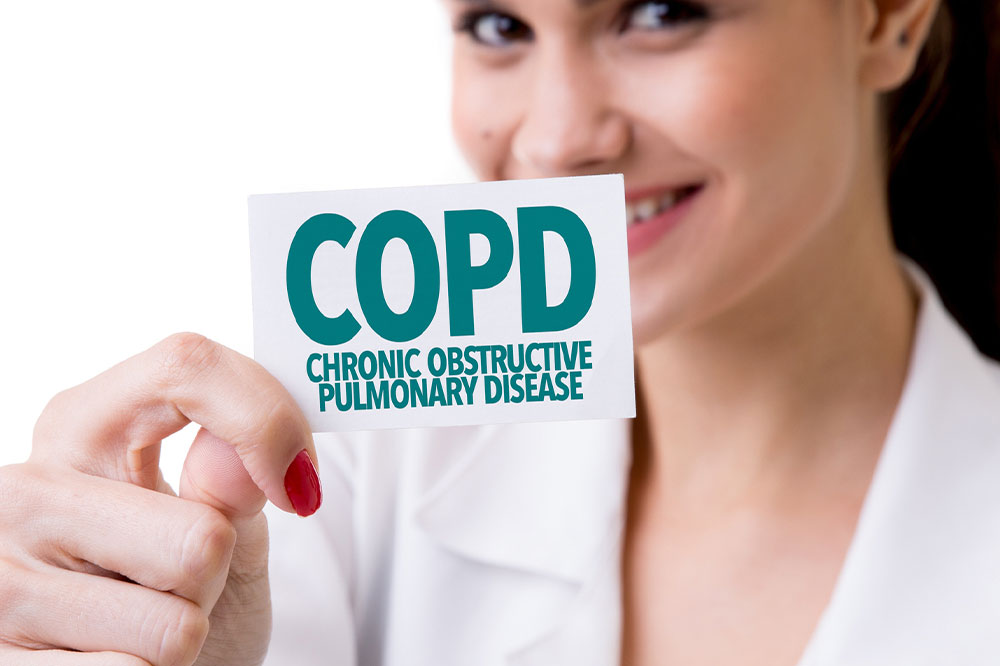Comprehensive Guide to Managing Chronic Bronchitis: Strategies for Better Lung Health
This comprehensive guide explores effective strategies for managing chronic bronchitis, including medical treatments, lifestyle modifications, and preventive measures. Early diagnosis and consistent care are key to controlling symptoms, preventing complications, and maintaining lung health. The article emphasizes the importance of quitting smoking, using inhalers correctly, engaging in physical activity, and avoiding environmental irritants to improve quality of life. With proactive management, patients can control their long-term condition and enjoy a healthier, more active lifestyle despite the challenges posed by bronchitis.

Comprehensive Guide to Managing Chronic Bronchitis: Strategies for Better Lung Health
Chronic bronchitis is a persistent respiratory condition characterized by long-term inflammation of the bronchial tubes, which are vital airways responsible for transporting air to and from the lungs. Recognizing and managing this condition effectively can significantly improve quality of life and reduce the risk of severe complications. This detailed guide explores the nature of bronchitis, differentiates between its acute and chronic forms, and provides practical strategies for managing long-term bronchitis through medical interventions and lifestyle modifications.
Understanding Bronchitis: An In-Depth Look
Bronchitis involves inflammation of the bronchial tubes, which serve as the passageways for air entering and exiting the lungs. The condition manifests predominantly through symptoms such as a persistent cough that produces thick, often discolored mucus, chest discomfort, wheezing, and episodes of shortness of breath. These symptoms can range from mild to severe, depending on the underlying cause and duration.
There are two primary forms of bronchitis: acute and chronic. Understanding the differences between these types is crucial for effective management and treatment.
Acute Bronchitis: Typically triggered by respiratory infections or common colds, acute bronchitis usually develops rapidly and tends to resolve within a few days to weeks. It often shares symptoms with other respiratory illnesses, including cough, mucus production, mild fever, and fatigue. In most cases, this form of bronchitis is self-limiting and responds well to rest, hydration, and over-the-counter remedies. However, if symptoms persist or worsen, medical evaluation becomes necessary to rule out other underlying issues.
Chronic Bronchitis: Unlike its acute counterpart, chronic bronchitis develops gradually over months or years. It is characterized by persistent inflammation of the bronchial tubes, leading to continuous mucus production and airway obstruction. This ongoing inflammation results in frequent coughing, wheezing, chest tightness, and breathing difficulties that can impair daily activities. If left untreated, chronic bronchitis can lead to more serious lung conditions such as Chronic Obstructive Pulmonary Disease (COPD) and increase the risk of infections. Recognizing the symptoms early and initiating proper management is essential to prevent disease progression and maintain lung function.
Effective Management Strategies for Chronic Bronchitis
While there is currently no cure for chronic bronchitis, various medical treatments and lifestyle adjustments can significantly alleviate symptoms and slow disease progression. Early diagnosis through medical consultation is vital for formulating an effective treatment plan.
Medical Treatments and Interventions
Inhalers: Respiratory inhalers prescribed by healthcare professionals are fundamental in managing bronchitis. These devices deliver medication directly to the lungs, helping to reduce airway inflammation and ease breathing. Common types include bronchodilators and corticosteroids. Proper technique in using inhalers is crucial; healthcare providers often provide demonstrations to ensure optimal usage.
Medications: Besides inhalers, other medications such as muscle relaxants may be prescribed to relieve airway constriction and improve airflow. In some cases, antibiotics might be recommended if a bacterial infection is present, although they are not effective against viral infections. Pulmonary rehabilitation programs can play a pivotal role in comprehensive management, offering tailored exercises, breathing techniques, nutritional advice, and psychological support to enhance lung capacity and boost patient confidence.
Oxygen Therapy: For advanced cases experiencing significant oxygen deprivation, supplemental oxygen may be necessary to maintain adequate blood oxygen levels and support overall health.
Lifestyle Modifications for Long-Term Lung Health
Humidifiers and Air Quality: Using a humidifier in your home can help moisten dry air, soothe irritated airways, and promote mucus drainage. Regular cleaning of humidifiers is crucial to prevent mold or bacteria buildup, which could exacerbate respiratory issues.
Smoking Cessation: Quitting smoking is perhaps the most effective way to prevent further lung damage. Tobacco smoke significantly aggravates bronchial inflammation and increases vulnerability to infections. Support programs, counseling, and nicotine replacement therapies can assist in cessation efforts.
PPE and Environmental Precautions: Wearing masks in polluted, industrial, or dusty environments provides an additional barrier against harmful fumes, toxins, and airborne pollutants that can worsen bronchial inflammation.
Physical Activity: Engaging in regular, moderate exercise—aiming for at least 30 minutes, three times a week—strengthens respiratory muscles, improves circulation, and enhances overall lung function. Always consult a healthcare provider before starting any new exercise regimen.
Breathing Exercises: Techniques like pursed-lip breathing can directly help manage symptoms of shortness of breath. These exercises promote better airflow, reduce airway resistance, and help patients control breathing more effectively.
Nutrition and Hydration: Maintaining a balanced diet rich in antioxidants, vitamins, and minerals supports immune function and helps combat inflammation. Adequate hydration thins mucus, making it easier to clear from the airways.
Prevention and When to Seek Medical Help
Timely intervention is key to preventing complications associated with chronic bronchitis. Individuals should seek medical advice if they experience persistent cough, increased mucus production, worsening shortness of breath, or chest discomfort. Routine check-ups, lung function tests, and spirometry help monitor disease progression and adjust treatment plans accordingly.
Proactive management includes avoiding known lung irritants, adhering to prescribed medications, and making lifestyle changes to support respiratory health. Education about recognizing early symptoms of exacerbation can empower patients to seek prompt care, thereby reducing hospitalizations and improving outcomes.
In summary, although chronic bronchitis is a lifelong condition, adopting a comprehensive approach that combines medical treatment and lifestyle modifications can substantially improve quality of life. Collaborating closely with healthcare professionals ensures that management strategies remain effective and tailored to individual needs. Maintaining lung health requires ongoing dedication and proactive care, but with the right approach, individuals can lead active, healthier lives despite a chronic diagnosis.





